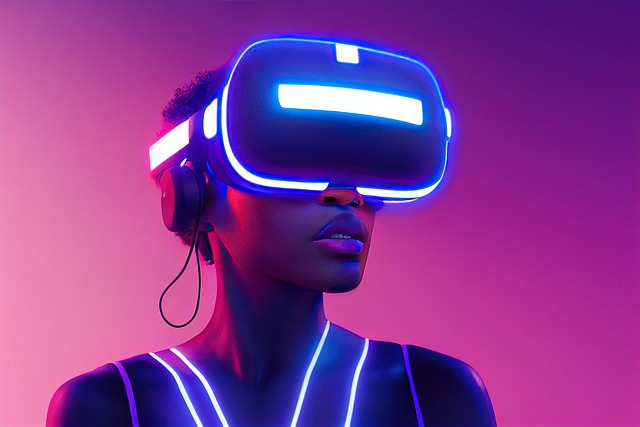Immersive Realism: Exploring the Sensation of Presence in Virtual Reality, Augmented Reality, and Metaverses
The evolution of technology has brought forth groundbreaking experiences in the realm of digital interaction, especially through Virtual Reality (VR), Augmented Reality (AR), and the emerging concept of metaverses. But what drives our captivation with these technologies? At the heart of this fascination is the realistic feeling of presence they deliver, transporting us beyond our physical boundaries into worlds where imagination knows no limits.
Virtual Reality: The Gateway to New Worlds
Imagine slipping on a lightweight headset and instantly finding yourself in a serene forest, with the rustling leaves and distant birdsong immersing you in a sensory experience so vivid, it’s like stepping into your favorite fantasy. Virtual reality offers an unparalleled feeling of presence, providing a fully immersive environment where your physical actions influence the digital world. The advanced technology behind VR headsets and controllers allows for intuitive movements that create a surprisingly realistic feeling of being elsewhere.
As you navigate these 3D realms, the stunning graphics and sound design work collaboratively to convince your brain that you’re truly present in another space. This immersive quality doesn’t just entertain; it holds real potential for various applications, from therapy for PTSD to training simulations for high-stakes professions, highlighting the profound impact of realism in our experiences.
Augmented Reality: Blending Real and Digital
While virtual reality transports us to different worlds, augmented reality enhances our existing surroundings. Applications like Pokémon Go and AR-enhanced shopping experiences have captivated users by overlaying digital elements onto the real world. This blending” creates a unique realistic feeling, making virtual interactions feel grounded in reality. It’s not far-fetched to envision virtual furniture in your living room through your smartphone screen, allowing you to visualize and personalize your space in real-time.
AR technology evokes a sense of wonder, as it creates interactive layers that genuinely transform how we perceive our environment. The magic lies in how it compels us to engage with our reality, enriching our day-to-day experiences while maintaining the authenticity of the physical world around us.
Metaverses: A New Dimension of Social Interaction
As we progress further into the digital age, the concept of metaverses emerges as the next frontier of immersive experiences. These interconnected virtual experiences create vast universes where users can interact, create, and live out alternate realities. They blur the lines between real life and digital presence, allowing for a profound realistic feeling of community and belonging.
In these metaverses, individuals can attend concerts, participate in virtual economies, or simply hang out with friends across the globe, all while feeling as if they’re sharing the same space. Innovations such as haptic feedback and eye-tracking are enhancing the realistic feeling within these environments, making emotional connections more meaningful and engaging than ever.
As technology continues to advance, the intersection of virtual and augmented realities in these metaverses is likely to provide even deeper immersive experiences. The fusion of our physical presence with digital enhancements not only transforms entertainment but also revolutionizes interaction, education, and even work.
With the powerful combination of VR, AR, and the metaverse, we stand on the brink of a cultural shift, where the idealistic boundaries of reality expand. Each step taken into these immersive experiences is paved with a realistic feeling that invites exploration and connection, making our virtual adventures feel as engaging and significant as our physical world.



